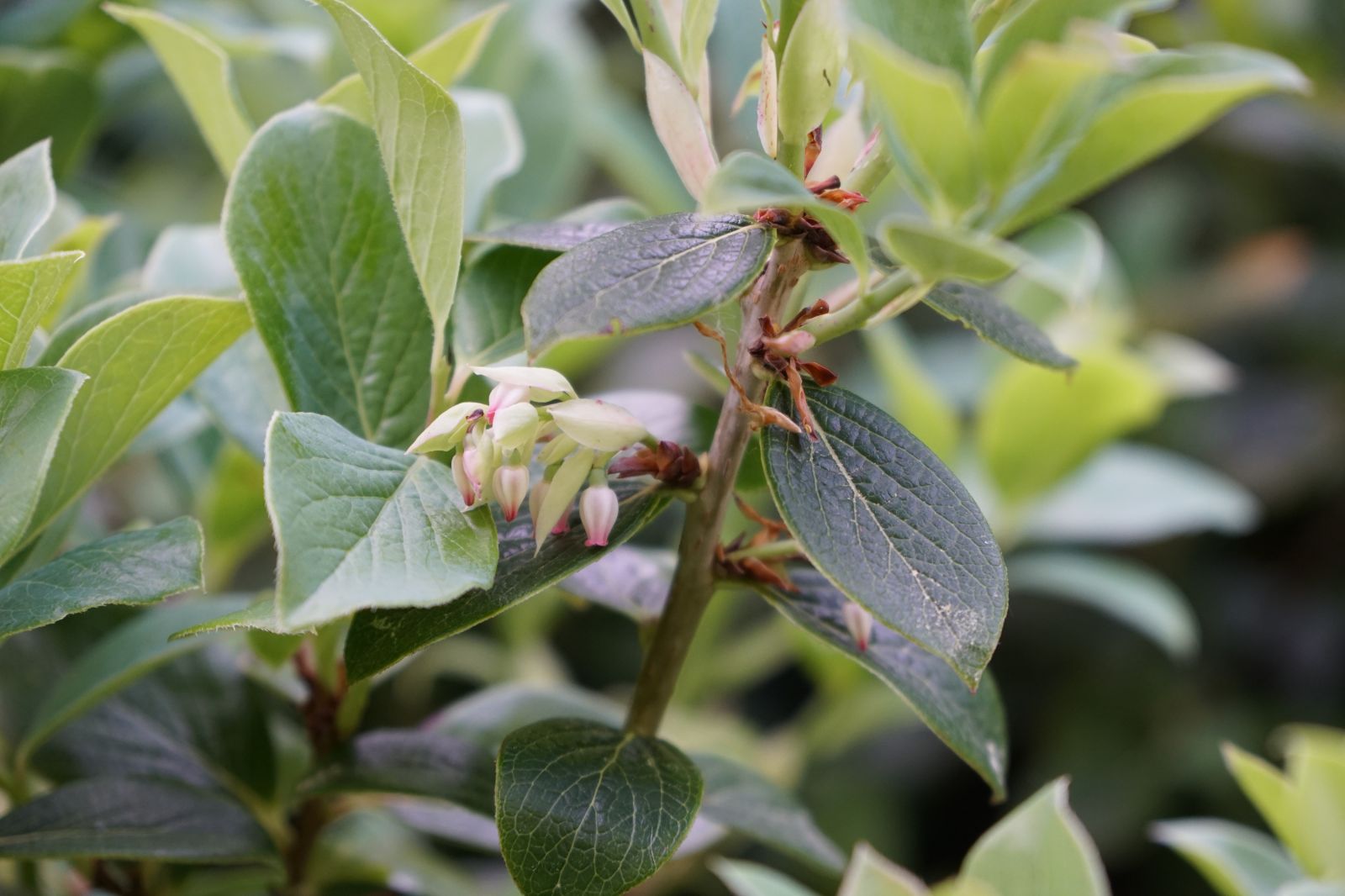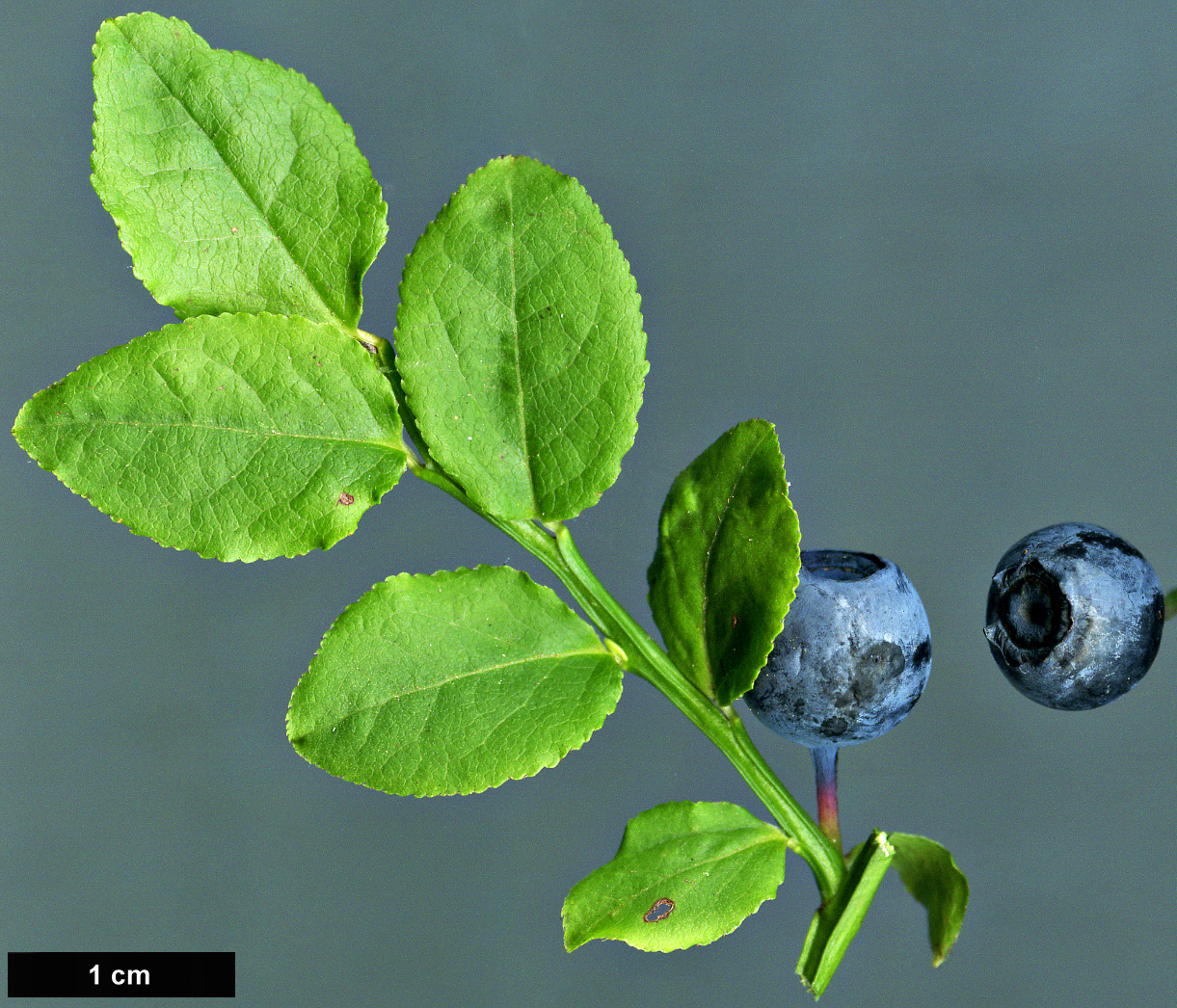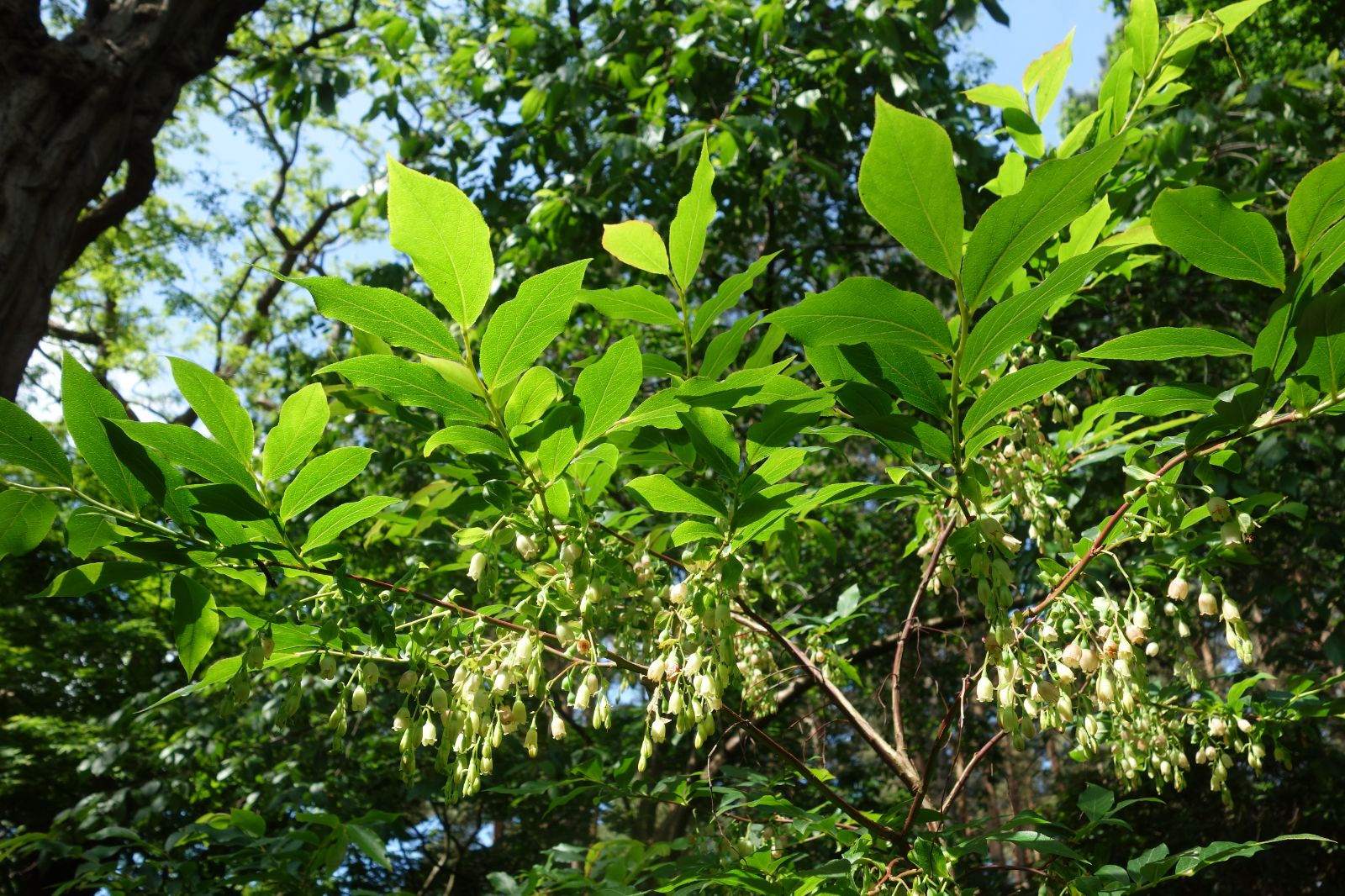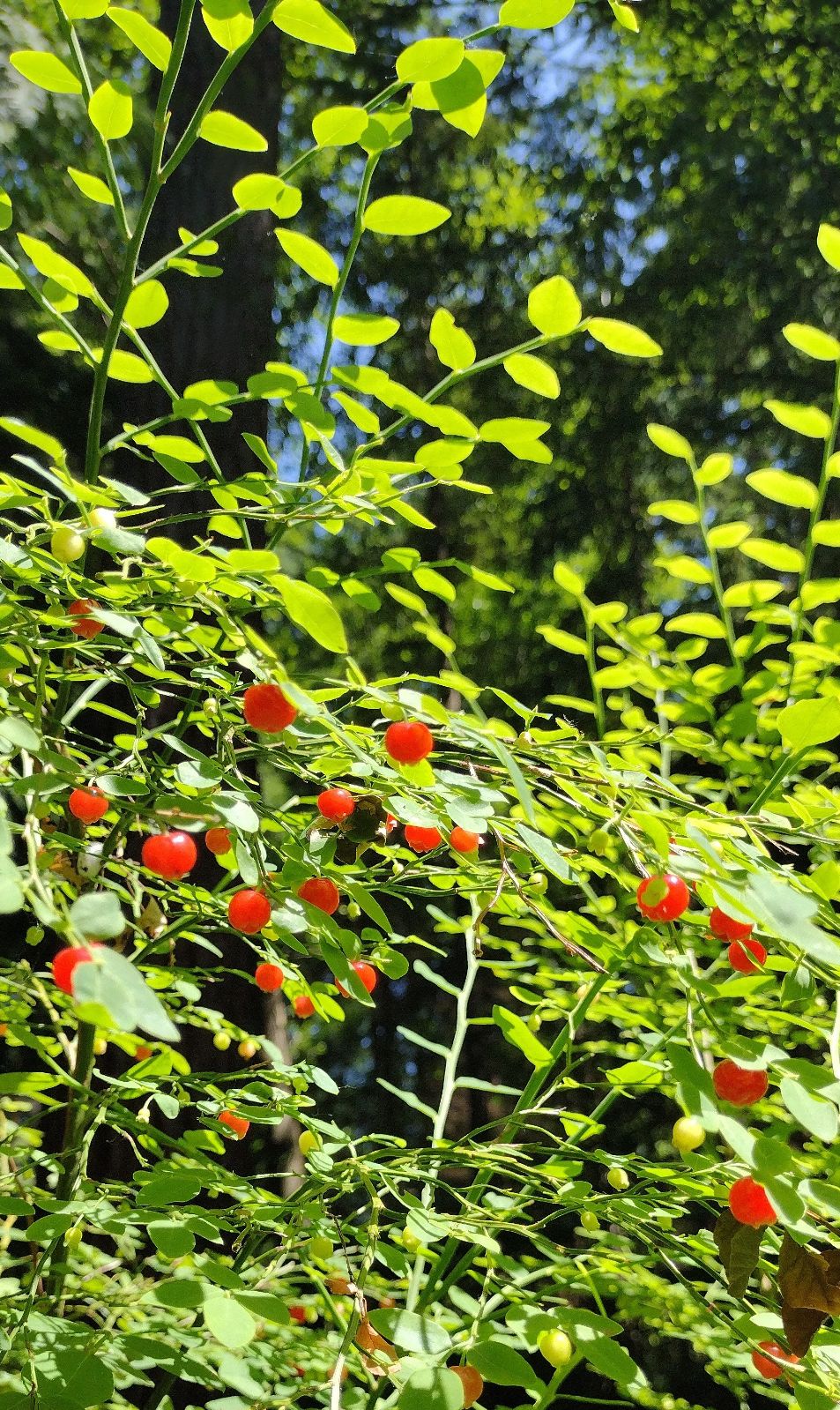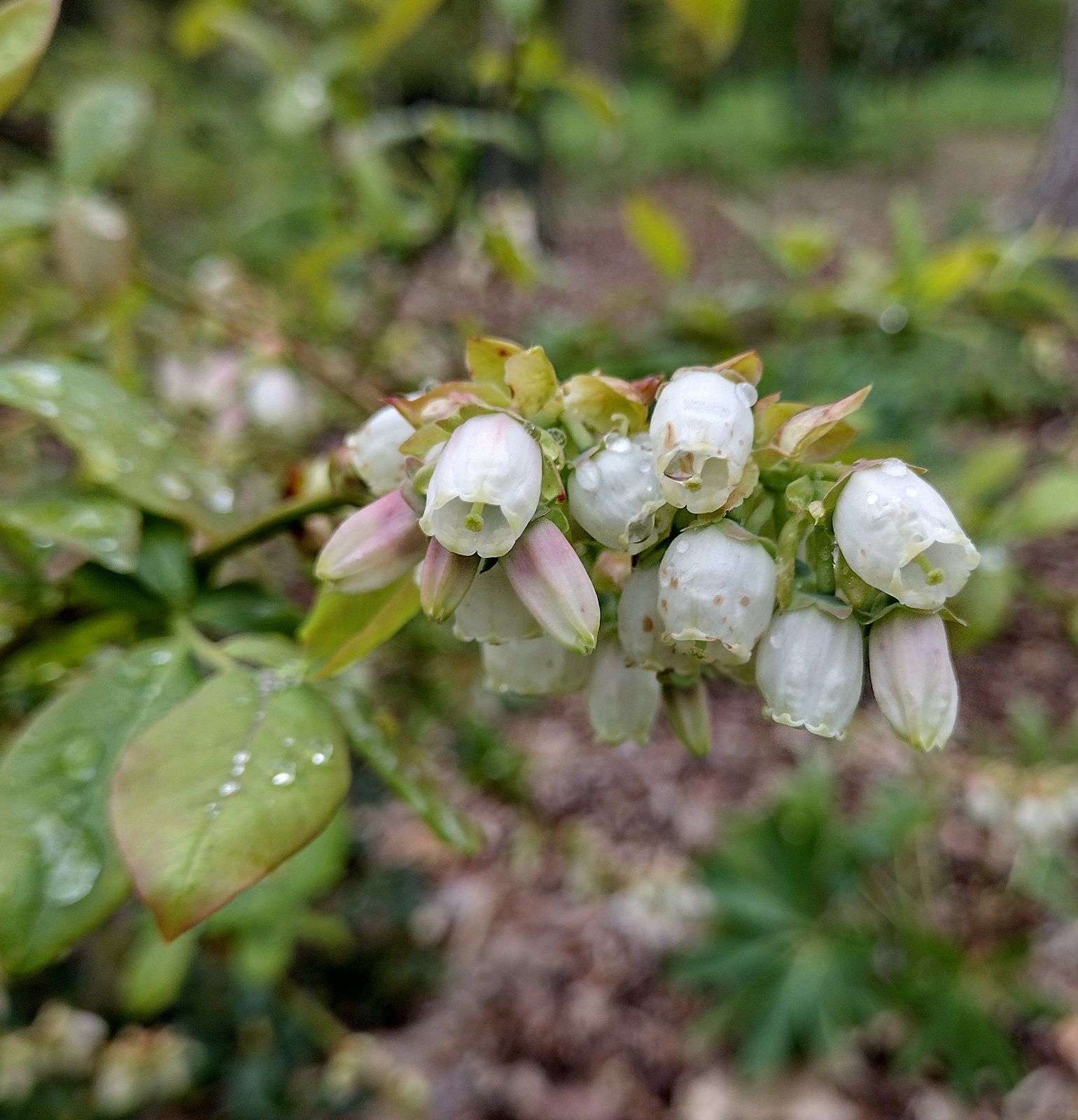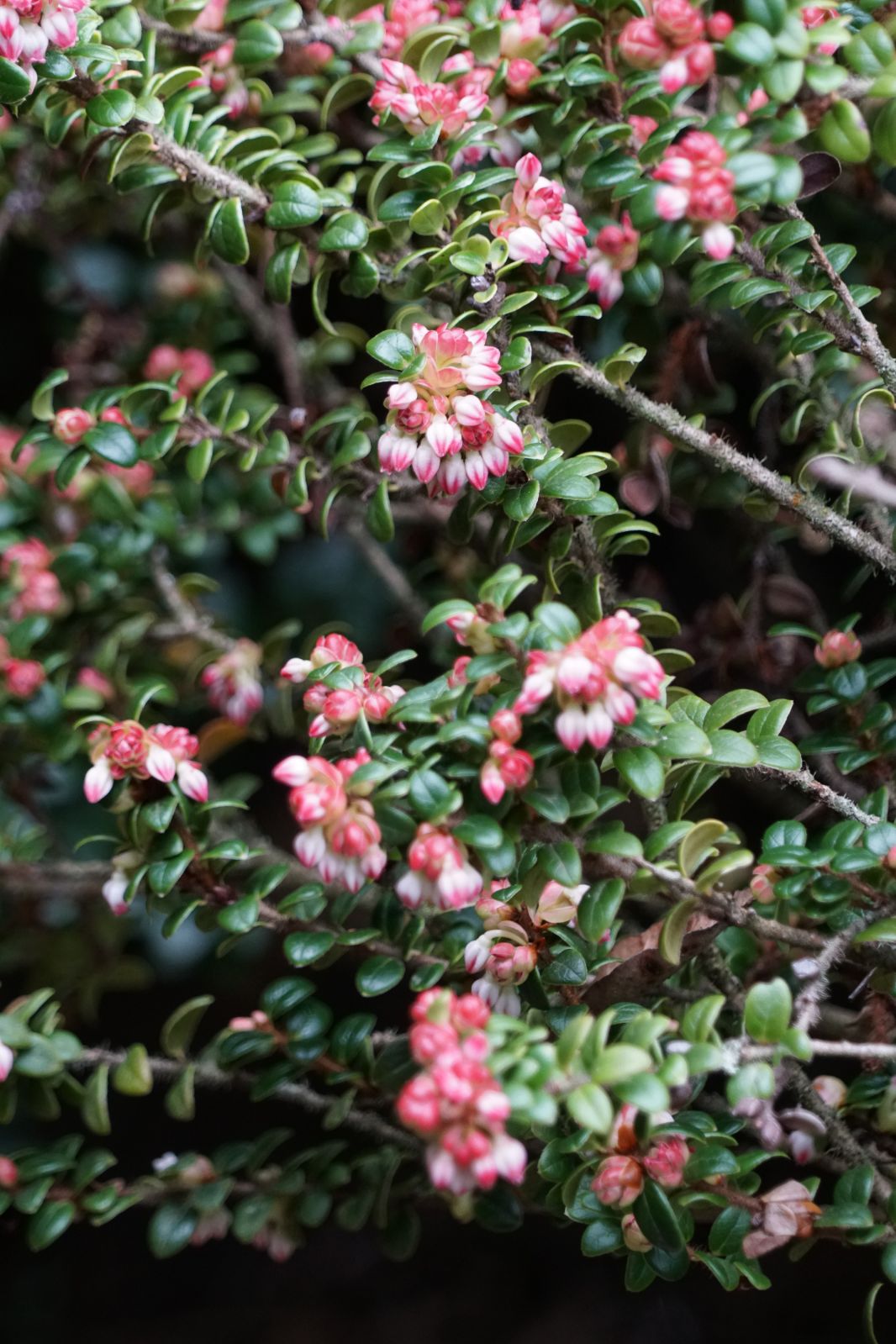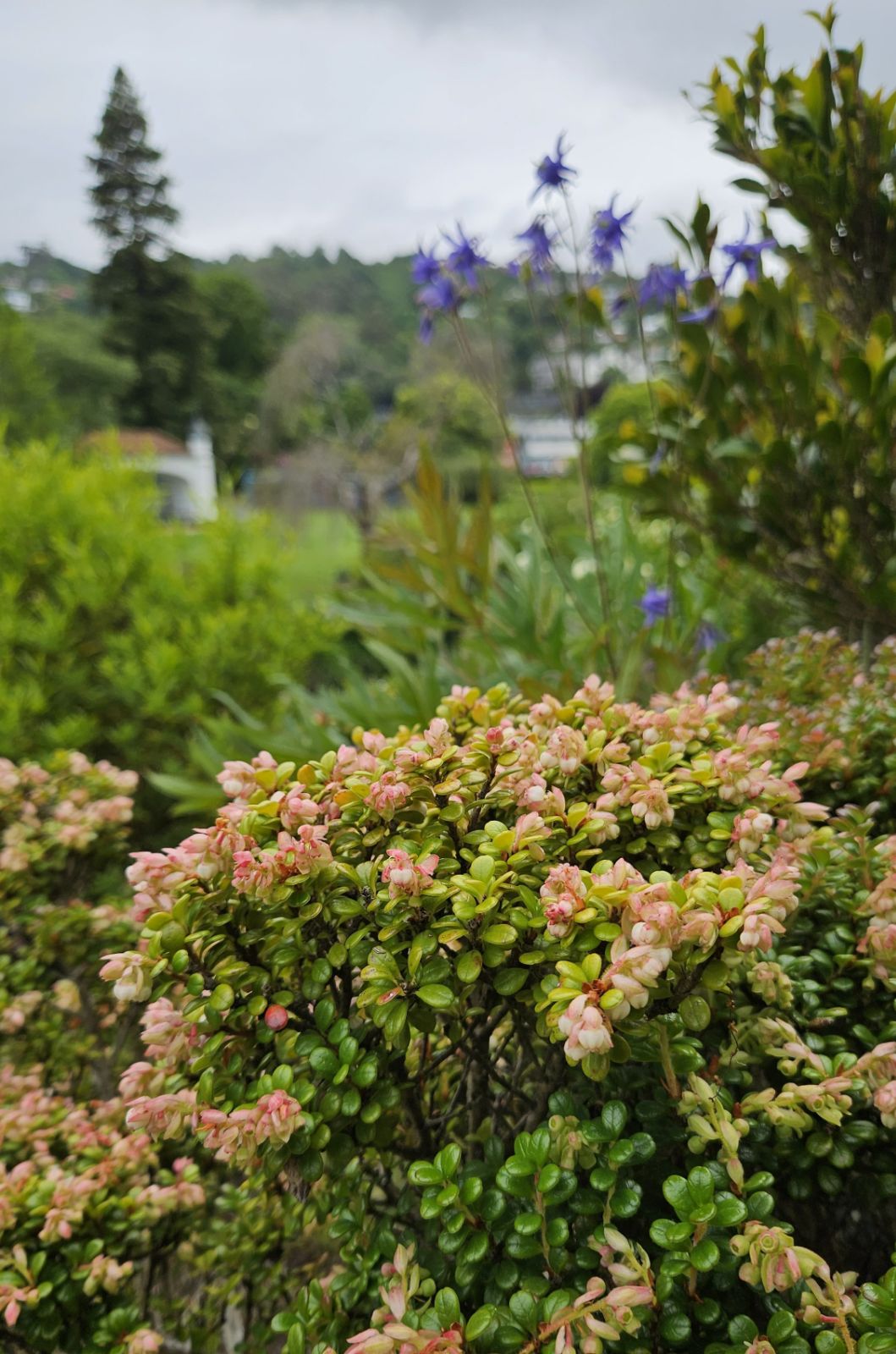Vaccinium
Credits
Article from Bean's Trees and Shrubs Hardy in the British Isles
Recommended citation
'Vaccinium' from the website Trees and Shrubs Online (treesandshrubsonline.
Family
- Ericaceae
Species in genus
- Vaccinium angustifolium
- Vaccinium arboreum
- Vaccinium arctostaphylos
- Vaccinium bracteatum
- Vaccinium caespitosum
- Vaccinium canadense
- Vaccinium corymbosum
- Vaccinium crassifolium
- Vaccinium delavayi
- Vaccinium duclouxii
- Vaccinium dunalianum
- Vaccinium erythrocarpum
- Vaccinium floribundum
- Vaccinium fragile
- Vaccinium glauco-album
- Vaccinium hirsutum
- Vaccinium × intermedium
- Vaccinium japonicum
- Vaccinium macrocarpum
- Vaccinium membranaceum
- Vaccinium moupinense
- Vaccinium myrsinites
- Vaccinium myrtillus
- Vaccinium nummularia
- Vaccinium oldhamii
- Vaccinium ovalifolium
- Vaccinium ovatum
- Vaccinium oxycoccus
- Vaccinium padifolium
- Vaccinium parvifolium
- Vaccinium praestans
- Vaccinium stamineum
- Vaccinium uliginosum
- Vaccinium urceolatum
- Vaccinium vacillans
- Vaccinium virgatum
- Vaccinium vitis-idaea
A large genus of shrubs, or occasionally trees, with over 100 species, mostly in the northern hemisphere, but extending into the mountains of S. America. They are deciduous or evergreen, with alternate leaves. Flowers in terminal or axillary racemes, or sometimes solitary. Corolla four- or five-lobed, urn-shaped, campanulate or cylindric (but four-parted in V. erythrocarpum and V. japonicum). Stamens four or five; anthers awned or not, with a tubular appendage at the apex. Ovary inferior, developing into a berry crowned by the persistent calyx.
As garden shrubs, the vacciniums are chiefly valued for their fruits and the autumnal colour of their foliage. Many are pretty in flower, but none makes the fine display provided by so many of the heath family. In nature they are nearly always found on mountain and moorland, and the genus is one of the most characteristic of the lonely parts of the northern hemisphere. Many produce very palatable fruits.
Under cultivation they prefer a peaty soil, or a light loamy one devoid of lime, and improved by adding decayed leaves. They are all moisture-loving plants. All the hardier ones produce seed which should be treated as advised for rhododendrons, and the others can be propagated by cuttings made of half-ripened wood in July, and placed in sandy peaty soil in gentle bottom heat.
There is considerable confusion in the identification of the N. American species of the V. corymbosum group, and American authors are by no means unanimous in their estimates of the number it contains; but they are all hardy, free-growing, and handsome shrubs, the leaves turning red before they fall, but frequently persisting well into the winter.

